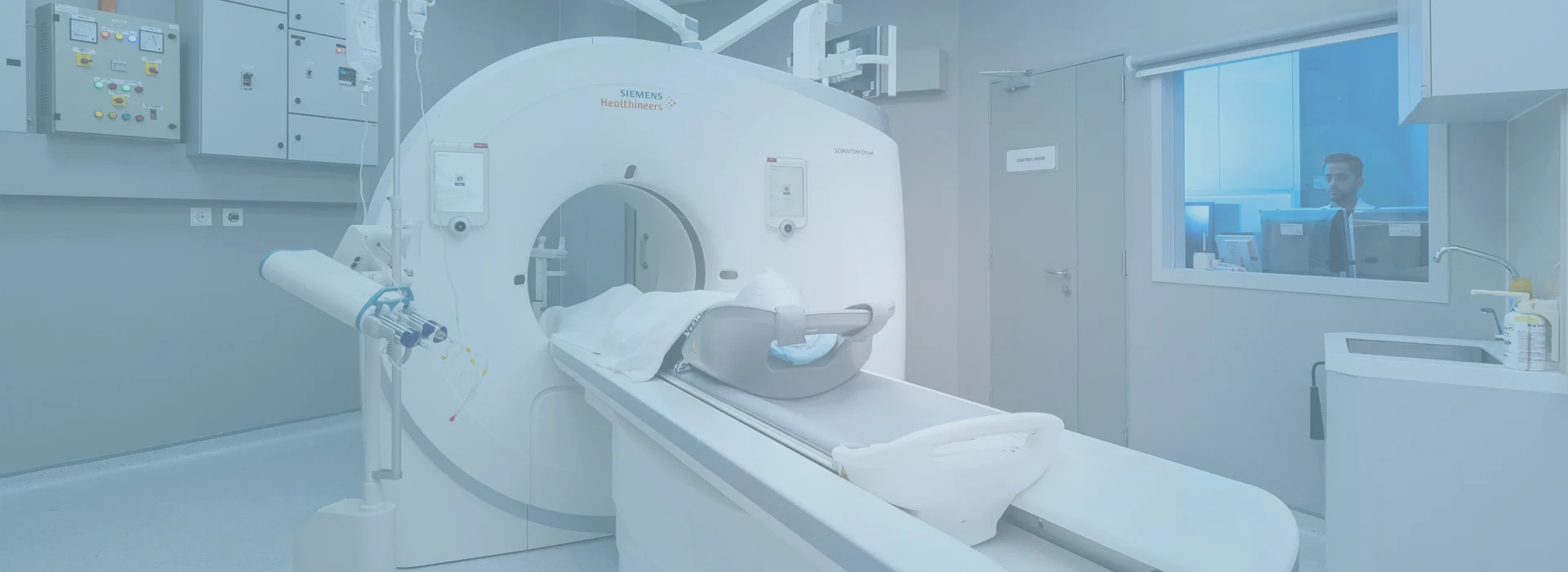
16 Mar Extracorporeal Shock Wave Therapy
Extracorporeal Shock Wave Therapy
By Island Hospital | Mar 16, 2021 8:12:32 PM
Extracorporeal Shockwave Therapy (ESWT) is a method of treatment for men with erectile dysfunction. Low intensity shock waves have angiogenesis properties, which encourages the formation of new blood vessels at the targeted area.
Shock waves are also used in other forms of treatment, notable examples being physiotherapy and the breaking down of kidney stones in lithotripsy. The key difference here is that treatment for erectile dysfunction uses low intensity shockwaves, while treatment for physiotherapy and kidney stones use medium intensity and high intensity shock waves respectively.
Shockwave therapy can be an effective form of treatment for erectile dysfunction and it is available at Island Hospital in Penang, Malaysia. You may consult or specialist doctors to find out more about the procedure and the price.
Some of the common treatments for erectile dysfunction are:
- PDE-5 (such as Viagra, Cialis, Levitra)
- Intracavernosal injection
- Vacuum pump
- Surgery to insert prosthesis
The current available treatments for erectile dysfunction do not address or correct the cause of the condition. The underlying cause of erectile dysfunction is a lack of blood flowing to the penis that prevents an erection.
While medication (such as Viagra or Cialis) and intracavernosal injection can increase the blood flow to the penis, these methods do not solve the poor blood flow in a man’s penis.
Erectile dysfunction is caused by a poor blood flow in the corpora cavernosa, which are the tissues in the penis that contain the blood flowing to the penis during an erection. The low-intensity shock waves used in ESWT can stimulate and promote the creation of blood vessels, which can potentially improve or even cure a person’s erectile dysfunction.
The low-intensity shock waves create a form of small-scale trauma (known as microtrauma) similar to how muscle fibers break down and rebuild during exercise. This microtrauma stimulates the release of angiogenic factors, leading to the formation of new blood vessels in the penis’ corpora cavernosa. The formation of these new blood vessels will promote better blood flow for an erection.
A transducer is applied to the corpora cavernosa at three distinct areas.
- One at the base of the penis
- One at the shaft of the penis
- One at the anterior of the penis
The recommended treatment plan is to have six sessions of treatment, each is carried out once a week. If you are short on time, you can get treatment done every three to four days instead. More severe cases of erectile dysfunction may require more sessions depending on their reaction to treatment.
Over the course of the six sessions, our doctor will apply shockwaves to the penis to stimulate the formation of new blood vessels around the penis.
No form of anesthesia or sedation is required for this treatment. It is a painless procedure, although the patient might feel discomfort at certain levels of intensity. The shock wave’s level of intensity can be adjusted accordingly.
It takes within 15 to 20 minutes for the shock waves to be administered to the penis.
The key advantage of this treatment is that it is beneficial to those whose erectile dysfunction are caused by problems with the blood vessel. Most cases of erectile dysfunction are caused by aging, high blood pressure and cholesterol; which means that this form of treatment is suitable for a majority of cases.
In rarer cases where a person has untreated coagulation, infections or cancer in the targeted area, then shock wave therapy should be avoided until such conditions are treated.
If a person is present with scarring (fibrosis) of the corpora cavernosa, it is not recommended to undergo shock wave therapy as the scar tissue will not be elastic enough to expand even if new blood vessels are formed in the penis.
Besides erectile dysfunction, extracorporeal shock wave therapy can also be used to treat Peyronie’s disease and Chronic Pelvic Pain Syndrome (CPPS).
The only difference in treating these conditions is the number of sessions recommended and the areas targeted for treatment.







